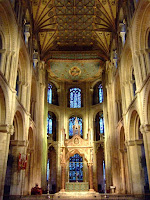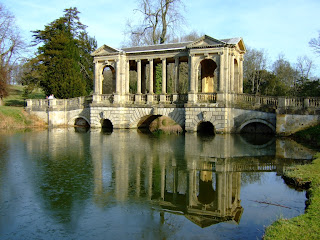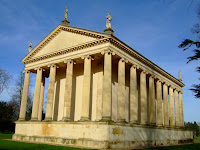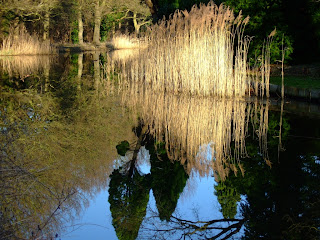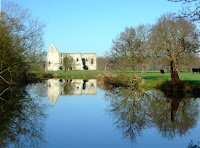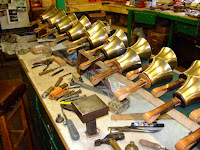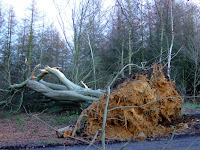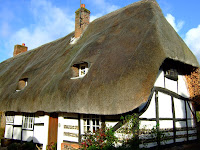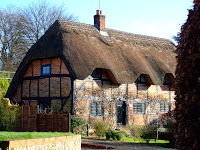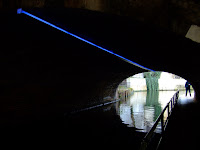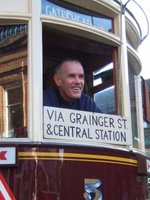 Sunday cleared to become a beautiful day and we focused on snowdrop gardens, exactly a year since we last went snowdrop 'hunting'.
Sunday cleared to become a beautiful day and we focused on snowdrop gardens, exactly a year since we last went snowdrop 'hunting'.Our first visit was to Easton Walled Gardens, which had the best snowdrops of the day. These were only opened a few years ago, after becoming totally overgrown, when the large house was pulled down in 1951. Photos of it show a beautiful, gracious house. In the 60 years from 1900 to 1960, over 1700 grand country houses were demolished.
 What a waste of British history: victims of high taxation post-war labour changes and shortages and, after WWII, shortages of building skills and materials. How much history over the years has been lost as a result of taxes designed to fleece the supposedly wealthy classes?
What a waste of British history: victims of high taxation post-war labour changes and shortages and, after WWII, shortages of building skills and materials. How much history over the years has been lost as a result of taxes designed to fleece the supposedly wealthy classes? The second stop was to re-visit Anglesey Abbey Gardens, itself a victim some 500 years ago, under Henry VIII. They have a superb winter garden that features foliage and bark colours only seen in winter that is stunning both in concept and execution. It is such a dramatic feature that we cannot understand why every landscape park garden does not have one.
The second stop was to re-visit Anglesey Abbey Gardens, itself a victim some 500 years ago, under Henry VIII. They have a superb winter garden that features foliage and bark colours only seen in winter that is stunning both in concept and execution. It is such a dramatic feature that we cannot understand why every landscape park garden does not have one. Finally, we stopped at Audley End House, which had special snowdrop open days. They planted 4,000 bulbs in 2004 and these are making a good show. The normally tranquil dammed river had flooded its banks and was flowing over the lawns even though the overflow channel was a raging torrent. This was, however, a bonus for photography: it is not often that one gets reflections from a lawn!
Finally, we stopped at Audley End House, which had special snowdrop open days. They planted 4,000 bulbs in 2004 and these are making a good show. The normally tranquil dammed river had flooded its banks and was flowing over the lawns even though the overflow channel was a raging torrent. This was, however, a bonus for photography: it is not often that one gets reflections from a lawn!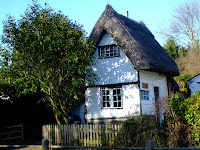 In stark contrast to the grandeur of Audley End House was Chestnut Cottage, one of the smallest houses in Britain it measures just 3m x 2.4m. We found it the village of Clavering, Essex, on our way home.
In stark contrast to the grandeur of Audley End House was Chestnut Cottage, one of the smallest houses in Britain it measures just 3m x 2.4m. We found it the village of Clavering, Essex, on our way home.
